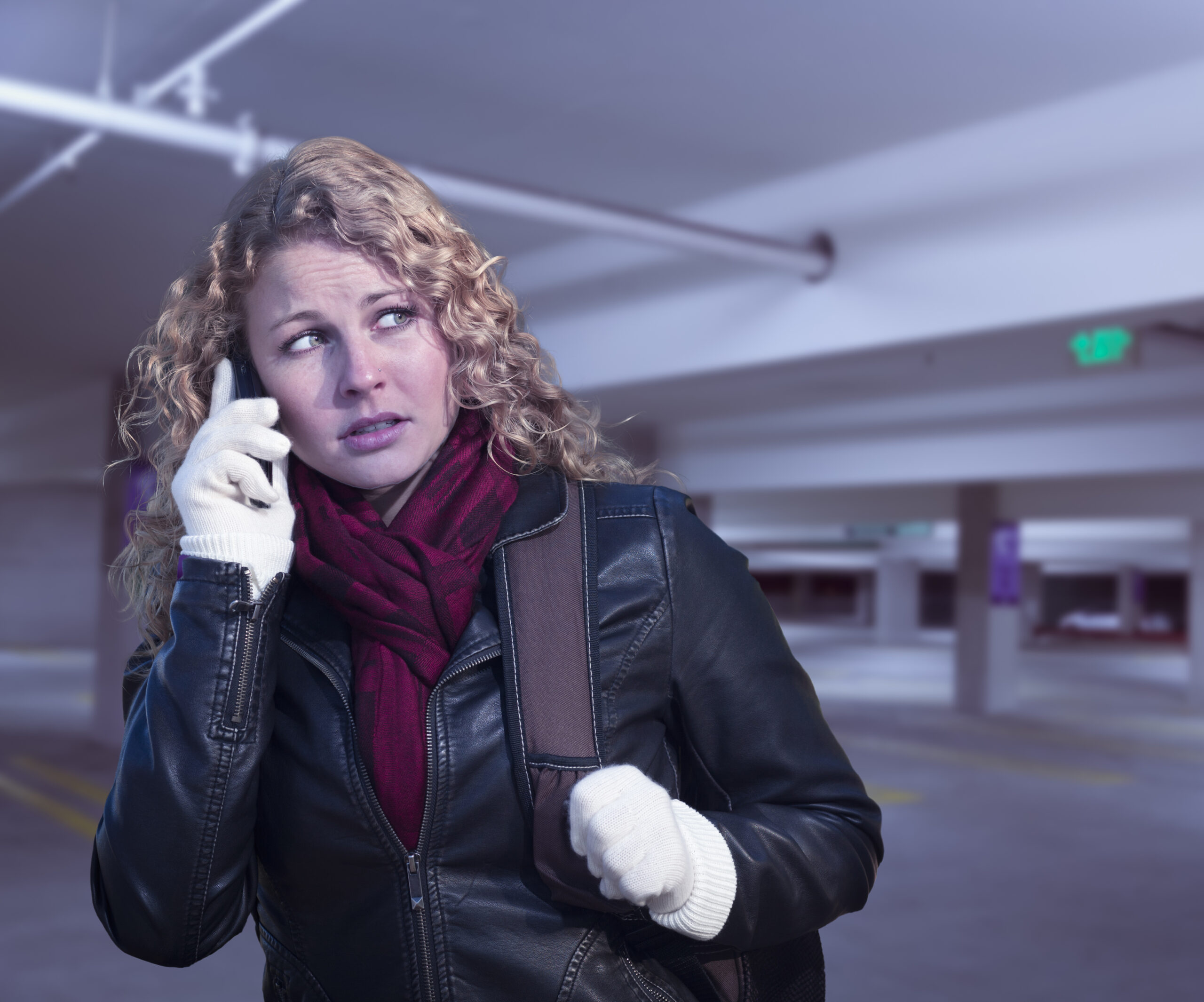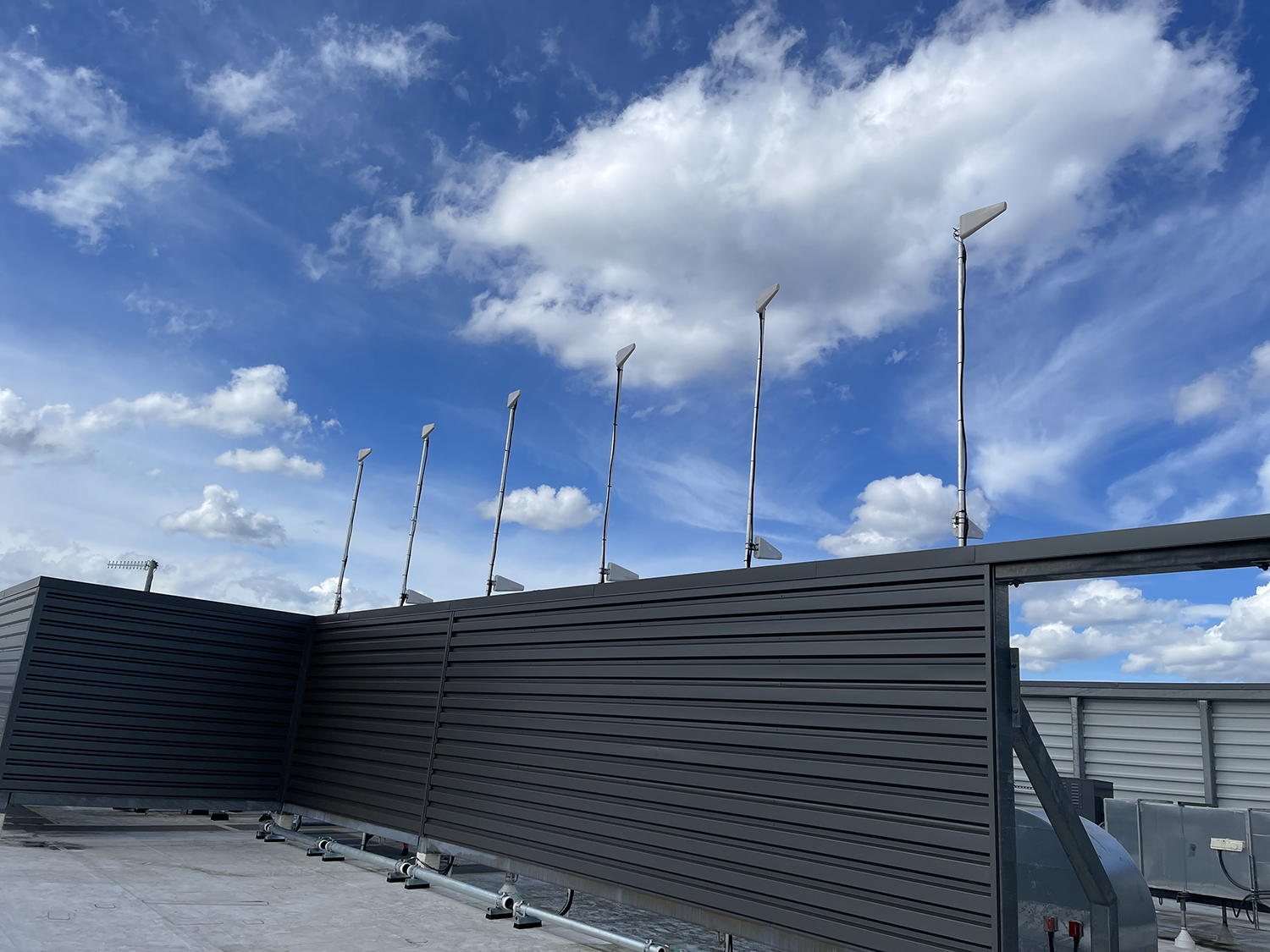For most people, access to communications at our fingertips is not only a convenience but a lifeline. After 9/11, Public Safety DAS (Distributed Antenna Systems) were required for certain buildings to help ensure first responders could communicate with their teams on the outside. As the technology and mobile use has evolved, the considerations have expanded beyond two-way radio signals.
It’s hard to imagine a place where a reliable cellular signal is not accessible thanks to expectations set by mobile equipment and service providers. When emergencies strike, we instinctively reach for our phones to dial 911, contact loved ones, or relay information. Although connectivity is often taken for granted, its importance cannot be understated, especially in public buildings.
It’s never been more important than it is right now to consider the critical role of cellular connectivity in public spaces, and why cell boosters are essential to ensure the safety and security of everyone who needs to communicate in them.
Emergency Calls Originating Indoors
Statistics show that a staggering 88% or more of emergency calls originate from inside buildings, as shown by the Safer Buildings Coalition. Strong and reliable cellular connectivity within public buildings is needed to ensure people can reach emergency services swiftly.
Wi-Fi is Not a Substitute
Many commercial buildings assume that providing Wi-Fi coverage is sufficient to meet the communication needs of occupants and visitors. However, this assumption overlooks some key issues.
Consider a scenario in a hospital where cell coverage is poor. A doctor may not be overly concerned as they have access to the hospital’s Wi-Fi network, but what about the general public, including patients, visitors, and vendors? Wi-Fi access may require additional steps in order to gain access, or the hospital may choose to not provide public Wi-Fi. Even a public Wi-Fi network may not provide the technology required to facilitate reliable mobile calls.
Limitations of Wi-Fi Calling During Emergencies
Wi-Fi calling has become a more reliable option during the past decade and can enhance communication. However, it is not an ideal solution during emergency situations. There are several limitations to Wi-Fi calling:
- Capacity issues: Wi-Fi networks can become congested, hindering the quality and reliability of voice calls during an emergency.
- Limited access: Wi-Fi calling depends on access to the Wi-Fi network, which may not be available to everyone.
- Universal functionality: In an emergency, communication systems must be reliable for all users, regardless of their specific circumstances. Not all phones may be capable of placing calls via Wi-Fi.
Wi-Fi Optimized for Data vs. Voice
It’s important to note that most Wi-Fi systems are optimized for data, with voice services often receiving less attention. Voice communication requires low latency, which can be challenging to maintain on networks primarily optimized for data throughput. Wi-Fi access points are also commonly organized with a density designed for data and not voice. When it comes to emergency communication, the ability to make clear and real-time voice calls is crucial.
Seamless Roaming Between Access Points
In comparison to a cellular signal booster (or “Cel-Fi” system), Wi-Fi networks may struggle with providing seamless roaming between access points. Cel-Fi systems are designed to monitor your phone’s signal strength and handover your connection to the next access point as needed, ensuring continuity in your connection. In contrast, Wi-Fi typically does not have the same level of intelligence, resulting in dropped calls and interrupted communication during emergencies.
Simplification of Cellular Implementation
In recent years, using cell boosters has become more straightforward and approachable. There are no longer requirements for extensive engineering and lengthy carrier approvals, which used to cause significant delays and budgetary impact in implementing these systems. Now, many cell boosters are pre-approved by the FCC, making them a more attractive solution for small to medium sized applications.
Additionally, where carrier-provided cell boosting equipment works only for users of their services, private cell booster systems can work with all major carriers, creating the necessary signal boost for all mobile device users.
Cost-Effectiveness and Technological Advancements
Cell boosters have become increasingly cost-effective, bringing them closer to traditional enterprise DAS systems in terms of both performance and affordability. Technological advancements have played a crucial role in improving booster technology, making it a smart and sophisticated solution. Unlike older systems, modern cell boosters utilize intelligent technology that actively maintains the strength of the cellular signal throughout the distribution process, similarly to maintaining water pressure in a plumbing system.
Non-Traditional Verticals for Cell Boosters
Cell boosters are no longer confined to traditional verticals like telecommunications and large commercial buildings. Education, healthcare, retail, and manufacturing are now seeing the value of cell boosters. Smaller buildings within these industries, which may have been outside the scope of DAS systems, are recognizing the necessity of robust cellular connectivity for safety and productivity. For instance, schools and retail stores can’t afford communication breakdowns in critical situations, and cell boosters offer an effective solution.
Cell Boosters as a “4th Utility”
In the modern world, cellular connectivity has become so integral to our daily lives that it’s often referred to by Nextivity as the “4th utility,” alongside power, water, and gas. People expect their phones to work everywhere, not just for social interactions but for safety. During an emergency, a cellular connection can be a lifeline, allowing users to relay critical information for the benefit of everyone involved.
It’s important to note that cell boosters can’t be limited to the public-facing areas of a building. In emergencies, people might find themselves in areas such as closets, stairwells, storage spaces, employee-only areas, or other spaces which they don’t normally occupy. To ensure safety, Safer Buildings Coalition guidelines recommend that cell boosters cover 95-98% of all spaces within a building.
Cellular connectivity is an essential component of safety and security in public buildings. The prevalence of emergency calls originating indoors, the limitations of Wi-Fi, and the technological advancements in cell booster systems all underscore the importance of ensuring strong and reliable cell signals throughout buildings. Cell boosters have become a cost-effective and efficient solution to meet these requirements, and their adoption is spreading. As we continue to depend on our phones for communication and safety, cell boosters are becoming a fundamental utility that every building should plan on having.
Contact us to discover more about Cel-Fi solutions and to get expert-recommended applications for your organization.

